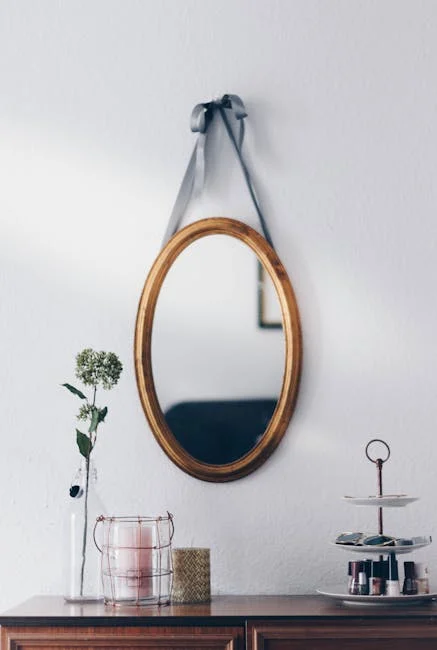and Harmonious Home
Introduction
Creating a calming and harmonious home is more than just decorating; it’s about cultivating an environment that supports your well-being, reduces stress, and fosters positive energy. A harmonious home promotes relaxation, enhances focus, and strengthens connections with loved ones. This article explores practical strategies to transform your living space into a sanctuary of peace and tranquility.
Creating a Calming and Harmonious Home
Declutter and Organize
Clutter can be a major source of stress and anxiety. Begin your journey to a harmonious home by decluttering and organizing each room.
- Start Small: Tackle one area at a time, like a drawer or shelf, to avoid feeling overwhelmed.
- The KonMari Method: Ask yourself if each item sparks joy. If not, thank it and let it go.
- Designated Storage: Assign specific places for everything, making it easier to maintain order.
- Regular Purges: Schedule regular decluttering sessions to prevent clutter from accumulating.
Embrace Natural Light and Ventilation
Natural light and fresh air are essential for creating a bright, airy, and uplifting atmosphere.
- Maximize Natural Light: Open curtains and blinds to let sunlight flood in. Use sheer curtains to diffuse harsh light.
- Strategic Lighting: Supplement natural light with lamps and overhead fixtures. Use warm, soft lighting to create a cozy ambiance.
- Ventilation is Key: Open windows regularly to circulate fresh air and improve indoor air quality. Consider using air purifiers.
- Mirrors: Strategically placed mirrors can reflect light and make a room feel larger and brighter.
Incorporate Nature Indoors
Bringing elements of nature indoors can have a profound impact on your well-being.
- Houseplants: Plants purify the air, reduce stress, and add a touch of life to your home. Choose varieties that thrive in your environment.
- Natural Materials: Incorporate natural materials like wood, stone, bamboo, and cotton in your furniture and décor.
- Nature-Inspired Colors: Use earthy tones, greens, and blues to create a calming and grounding atmosphere.
- Water Features: Small fountains or aquariums can add a soothing and relaxing element to your home.
Choose Calming Colors and Textures
Color and texture play a significant role in creating a peaceful and harmonious environment.
- Soothing Colors: Opt for calming colors like blues, greens, grays, and soft neutrals.
- Textural Variety: Incorporate a variety of textures through fabrics, rugs, and accessories.
- Avoid Overstimulation: Limit the use of bright, bold colors and patterns, as they can be overwhelming.
- Personal Touch: Choose colors and textures that you find personally calming and comforting.
Create Dedicated Zones
Define specific areas for different activities to promote focus and relaxation.
- Work Zone: A dedicated workspace free from distractions can enhance productivity.
- Relaxation Zone: A comfortable area for reading, meditation, or simply unwinding.
- Social Zone: A space for gathering with family and friends, fostering connection and joy.
- Sleep Zone: A bedroom designed for restful sleep, free from clutter and distractions.
Mindful Technology Use
Limit screen time and create designated tech-free zones to disconnect and recharge.
- Designated Tech-Free Zones: Keep bedrooms and dining areas tech-free to promote relaxation and connection.
- Limit Screen Time: Set boundaries for screen time, especially before bed.
- Digital Detox: Schedule regular digital detox periods to disconnect and reconnect with yourself and your surroundings.
- Mindful Technology Use: Be intentional about how you use technology and avoid mindless scrolling.
Conclusion
Creating a calming and harmonious home is an ongoing process that requires mindful attention and effort. By decluttering, incorporating natural elements, choosing calming colors and textures, creating dedicated zones, and practicing mindful technology use, you can transform your living space into a sanctuary of peace, tranquility, and well-being. Remember that the most important aspect is to create a space that reflects your personal style and supports your individual needs.














Post Comment